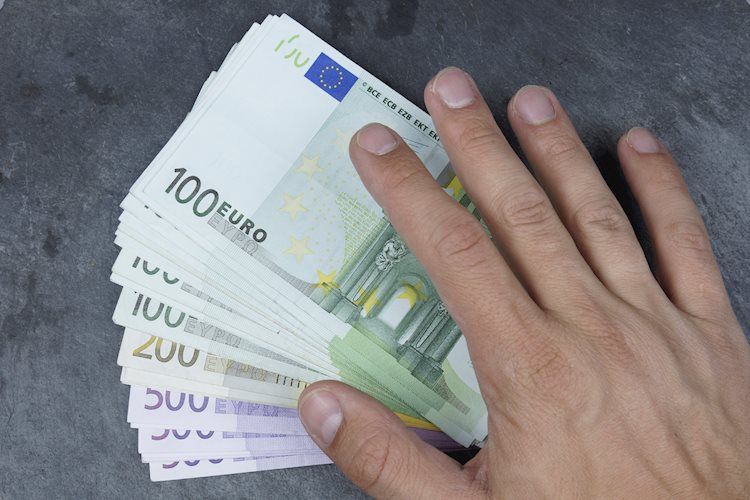- EUR/USD to finish the week above 1.0600 after hitting a weekly low of 1.0533.
- A risk-on impulse and falling UST bond yields are a headwind for the US Dollar.
- US ISM Non-Manufacturing data showed the US economy remains resilient.
EUR/USD reversed its course and is set to finish the week with gains of more than 0.80% on a softer US Dollar (USD) amidst speculations that the US Federal Reserve (Fed) would not hike rates beyond what money market futures expect. The EUR/USD exchanges hands at 1.0635 after hitting a daily low at 1.0588.
EUR/USD trimmed Wednesday’s losses as investors downplayed hawkish Fed commentary
US equities are set to finish the week with gains. The US Dollar Index (DXY), a measure of the buck’s value vs. a basket of peers, slides from a two-and-a-half-month high down to 104.526 after US data reaffirmed a solid economic status in the United States (US).
Business activity in the US improved, as shown by the US ISM Non-Manufacturing PMI for February was 55.1, a tick lower than the previous month’s 55.2, but exceeded expectations of 54.5, indicating that business activity is still strong. The prices index subcomponent, sought by investors for clues about inflation, jumped to 65.5, exceeding estimates of 64.5 but trailing Janiary’s data.
Meanwhile, Federal Reserve officials crossed newswires, with Fed Governor Michelle Bowman and Dallas Fed President Lorie Logan did not comment on monetary policy. The Boston Fed President Susan Collins commented that inflation remains too high and added that
Aside from this, the Eurozone (EU) revealed S&P Global Services and Composite PMIs came above previous readings. Meanwhile, inflationary figures announced on Thursday came below last month’s data but above estimates, a reason for the ECB to continue to hike interest rates.
Even though figures were higher than expected, investors had already priced in a 50 bps rate hike by the European Central Bank (ECB) as announced by its President Christine Lagarde in its last meeting presser. However, recent data have ECB policymakers split on what signal the bank should send to the markets.
